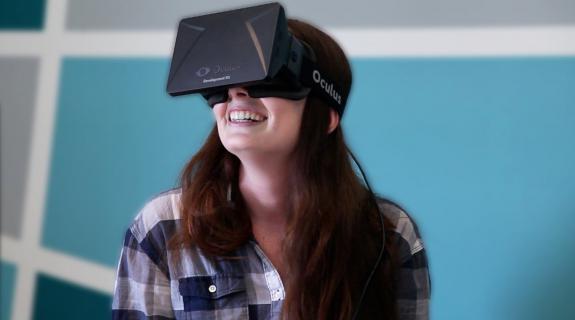When Facebook bought Oculus Rift for $2 billion last year, Facebook founder Mark Zuckerberg marked its importance by saying that “Oculus has the chance to create the most social platform ever, and change the way we work, play and communicate.”
Almost one year later, the technology is taking off and the marketing industry is on board.
Facebook and Oculus Rift have announced a consumer virtual reality headset, expected to be on the market sometime in 2015, costing somewhere from $200-$400, and they’re not the only game in town. Google and Samsung both have headsets in the works, priced at anywhere from $45-$200. The hardware is flowing in, and marketers are taking notice.
Researcher MarketsandMarkets predicts the revenue for VR hardware will be more than $65 million this year with Millennials at the forefront of the technology buying spree, thanks in part to their interest in gaming.
Jim Hord, executive creative director at Havas Worldwide, likens Oculus Rift to gaming consoles that often now double as media providers and platforms in and of themselves.
“Xbox, for instance, is a gaming console, but also your conduit to the Web and you can stream movies. It’s a media platform,” says Hord.
Marketers are now trying to be the first wave of industry leaders to use this platform for original content and engagement. Elle magazine plans on live-streaming a fashion show with a VR device this year, Marriott is looking into expanding its partnership with Oculus Rift into a permanent feature in hotels, and tourism bureaus are already using the technology to promote their cities. Last summer at Comic-Con, Fox offered an Oculus Rift experience to feature its show Sleepy Hollow.
Read more at Adweek.
Brief Take: With the Facebook acquisition, Oculus Rift is being seen less as just a piece of hardware and more of a place where virtual reality and social media combine for a whole new content platform, opening up the flood gates for marketers looking for new ways to distribute creative content.
Tags:













































__twocolumncontent.jpg)











